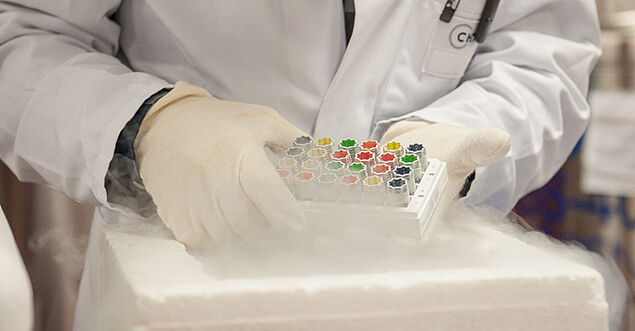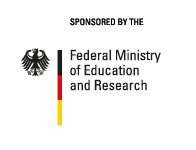The “Sample Locator” enables scientists to search for biosamples and associated data in academic biobanks. The online search tool was developed by the German Biobank Node (GBN) in collaboration with the German Cancer Research Center (DKFZ) in Heidelberg and has now been described in detail in a new publication.
Detailed publication in “Computers in Biology and Medicine”
In September, “The sample locator: A federated search tool for biosamples and associated data in Europe using HL7 FHIR” was published in “Computers in Biology and Medicine”. First author Dr. Cecilia Engels and her colleagues trace the development of the underlying IT infrastructure: from background and requirements to structure and further developments. The Sample Locator has been in operation since 2019, and currently connects 16 academic biobanks in Germany and Europe.
Visible, interoperable, open source
“The goal of our development was, to address the issues of low biobank visibility, inhomogeneous use and access rules, non-interoperable data sets, and the inaccessibility of valuable samples scattered across collections and locations,” the publication's introduction states. This has been achieved with a data infrastructure that enables real-time searches for biospecimens at the donor level. The FAIR principles (Findability, Accessibility, Interoperability, Reusability) have been implemented to ensure that both the biospecimens and the associated data can be fully shared and integrated. “The infrastructure developed is based on the HL7 standard FHIR and allows federated access to the metadata of the biospecimens,” explains Dr. Cecilia Engels. “The data thus remain decentralised in the biobanks, while the results are processed centrally – a model that optimally combines data security and accessibility.”
Use at European level
Since 2023, the Sample Locator has also been used by the European biobank organisation BBMRI-ERIC as a “Locator” to network biobanks across Europe more closely. “The commitment to open-source software and open data standards has proven to be a key factor in connecting research communities,” says Prof. Dr. Martin Lablans, Head of Development at the DKFZ Heidelberg, commenting on the success of the locator principle. “Today, the same technology is used with many data types, query languages in many more consortia, and everyone is contributing to the same technology.”
Outlook
In the future, the infrastructure will be further improved to enable specific queries, for example in the field of oncology. The integration of more European biobanks will strengthen biomedical research in Europe in the long term.
Further information and links:
- Engels C, Kern J, Dudová Z, Deppenwiese N, Kiel A, Kroll B, Kussel T, Schüttler C, Tomášik R, Hummel M, Lablans M, German Biobank Alliance (GBA) IT development team. The sample locator: A federated search tool for biosamples and associated data in Europe using HL7 FHIR. Computers in Biology and Medicine (2024).
- Online search tool Sample Locator
- Description of the Sample Locator on GBN website
- BBMRI-ERIC news: „Locator – a powerful tool to enhance visibility and findability of samples and data in Europe’s biobanks”




